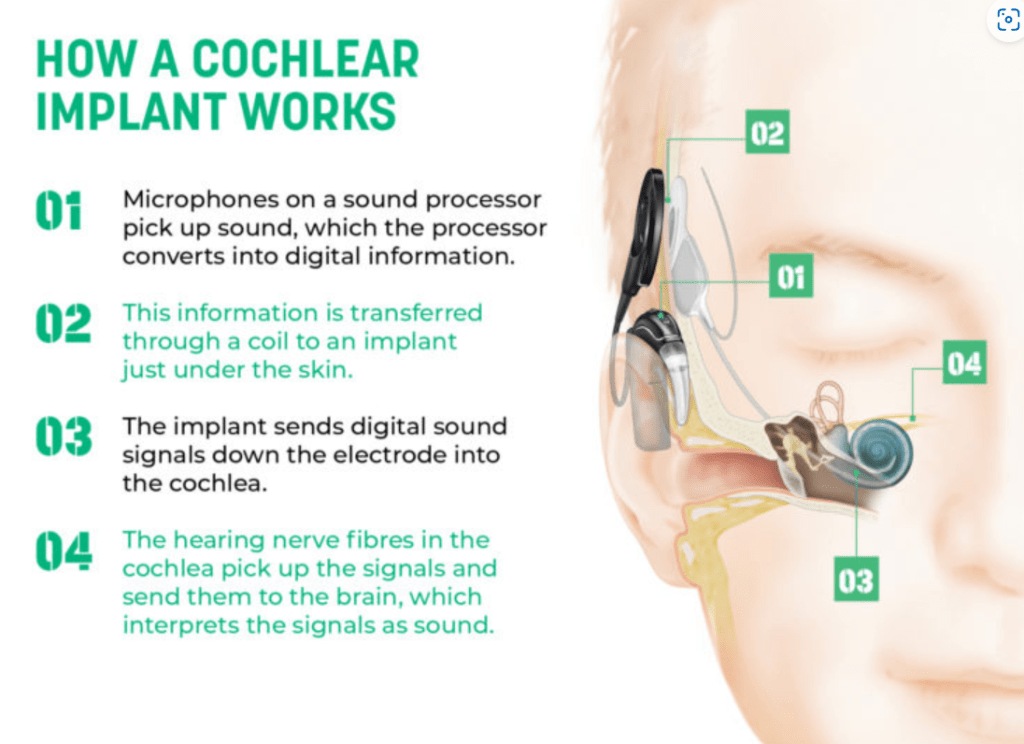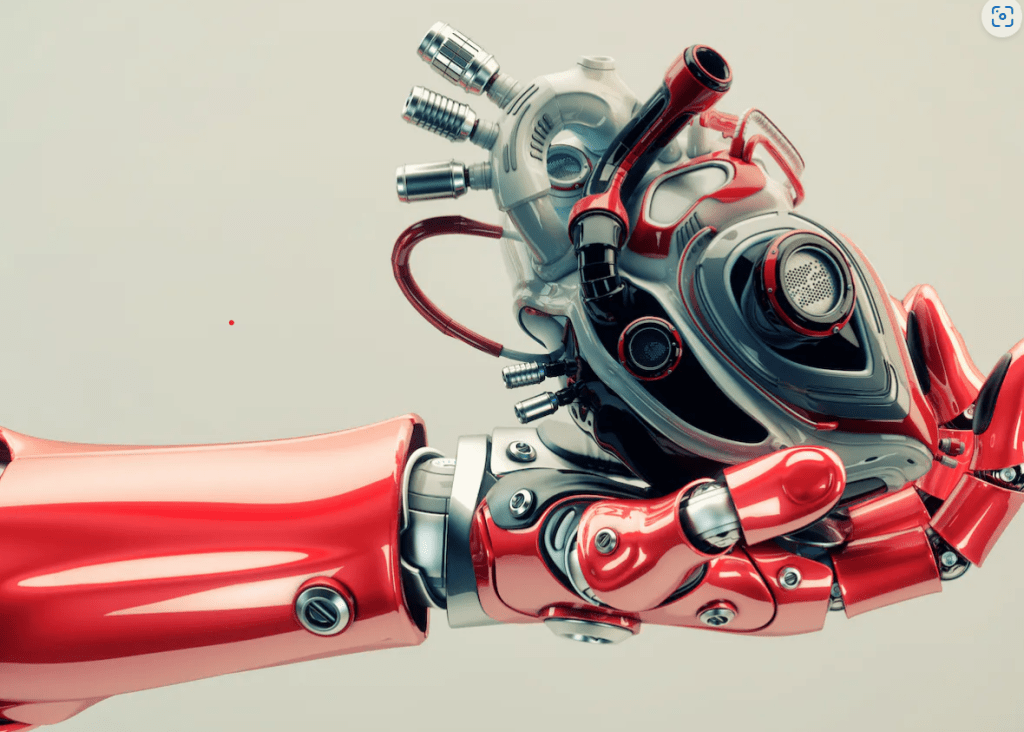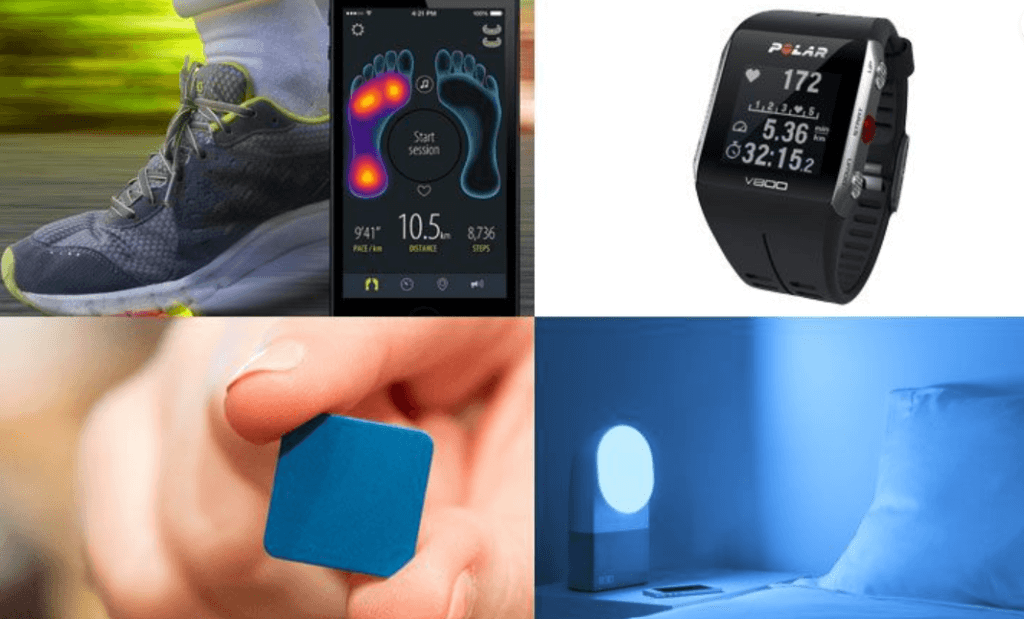Advancements in Biomedical Engineering: Improving Quality of Life
What if I said we could predict the future through technology? Although we are not “God,” with the grace of God, our country has emerged so much in the field of science and technology that we can really predict the advancements of the future and solve the problems and issues.
As per my research and study, predicting the future is a complex task, and it is difficult to make accurate predictions with certainty.
In my career experience till now, as a business analyst, I have gone through all the data analytics, developed predictive models, and used data analysis techniques that are being used throughout all the phases of SDLC.
I am taking a real-life example to show what new technology and field i am talking about in this blog:
We are all blessed with good health and a beautiful body where each body part plays an important role. Let’s take an example of ‘Ears’ here. When its talks about hearing loss then,
One such example is the development of the cochlear implant, which has revolutionized the treatment of hearing loss.
A cochlear implant is a small electronic device that is surgically implanted in the inner ear of a patient with severe hearing loss. The implant consists of an external microphone and speech processor, which capture sound and convert it into electrical signals, and an internal electrode array, which is implanted in the inner ear and stimulates the auditory nerve directly.

The development of the cochlear implant required the integration of engineering, biology, and medicine, and involved numerous challenges, such as designing a device that could stimulate the auditory nerve without causing damage, developing algorithms to convert sound into electrical signals, and designing a device that could be implanted safely and effectively.
Note:
The first successful cochlear implant was developed in the 1970s by a team of biomedical engineers and otolaryngologists led by Dr. Graeme Clark. Since then, cochlear implants have become a widely used treatment for severe hearing loss and have helped millions of people to regain their ability to hear and communicate.
The success of the cochlear implant is just one example of the many ways in which biomedical engineering has transformed healthcare.
Here the term comes ‘Biomedical Engineering’ is a field of study that merges principles of engineering, biology, and medicine to improve healthcare outcomes. It has seen remarkable advancements in recent years, revolutionizing healthcare and improving the quality of life for individuals around the world. From implantable devices to tissue engineering, biomedical engineering has transformed the way we diagnose, treat, and prevent diseases.

Biomedical engineering is an interdisciplinary field that applies principles of engineering, biology, and medical science to develop innovative solutions for healthcare. Over the years, advancements in biomedical engineering have contributed to significant improvements in the quality of life for patients with various medical conditions.
Lets discuss some of the recent developments in biomedical engineering that have improved the quality of life for individuals:
Prosthetic Limbs:
Prosthetic limbs are artificial devices that replace missing body parts. Biomedical engineers have made tremendous advancements in prosthetic limb technology in recent years, making them more functional and comfortable for patients. Today, prosthetic limbs can be controlled using electrical signals generated by the patient’s muscles, making them more intuitive to use.

By this example, I can still say that we have faith in our technology and our scientists excel in every field.
Artificial Organs:
Organ transplantation has been a life-saving procedure for many patients with end-stage organ failure. However, due to the shortage of donor organs, many patients die while waiting for a transplant. Biomedical engineers have been working on developing artificial organs to address this issue. Recent developments in 3D printing and tissue engineering have made it possible to create functional artificial organs that can be implanted into patients. For example, researchers have successfully created a bioengineered kidney that can perform many of the functions of a natural kidney.

Wearable Health Monitoring Devices:
Wearable health monitoring devices are becoming increasingly popular, especially among individuals who are at high risk for developing chronic medical conditions. These devices can track various health metrics like heart rate, blood pressure, and glucose levels and provide real-time feedback to patients and healthcare providers. Biomedical engineers have been working on improving the accuracy and usability of these devices, making them more reliable and user-friendly.

Now,3 scenarios for how bioengineering could change our world in 10 years:
Scenario 1: Personalized Medicine:
In the next 10 years, bioengineering could revolutionize medicine by making personalized treatment plans more accessible. With the help of artificial intelligence and genomic data, biomedical engineers could develop new tools that can predict how a patient is likely to respond to a particular treatment. This information could help healthcare providers tailor treatments to individual patients, improving their chances of success while reducing side effects.
Scenario 2: Biodegradable Material:
Bioengineering could also help reduce our impact on the environment. In the next 10 years, biomedical engineers could develop new biodegradable materials that could replace plastics and other non-biodegradable materials. These materials could be used in everything from packaging to medical devices, reducing waste and pollution
Scenario 3: Advanced Prosthetics:
Bioengineering could also change the lives of people with disabilities. In the next 10 years, biomedical engineers could develop advanced prosthetics that can mimic the functionality of natural limbs. These prosthetics could be controlled using signals from the patient’s muscles, allowing for more natural movement. Biomedical engineers could also incorporate sensors into these prosthetics, enabling patients to feel sensations like pressure and temperature, further improving their quality of life.
Conclusion:
Biomedical engineering has made significant contributions to improving the quality of life for individuals with various medical conditions. These advancements have been made possible through interdisciplinary collaborations between engineers, biologists, and medical professionals. As technology continues to advance, we can expect even more innovative solutions to emerge from this exciting field.
Add Comment
You must be logged in to post a comment.








